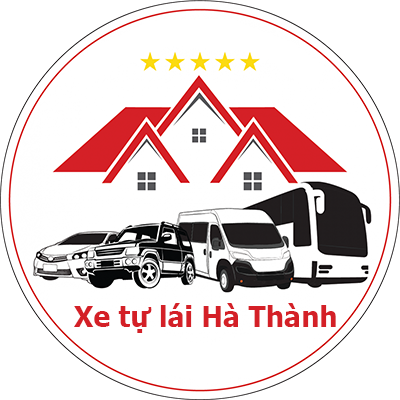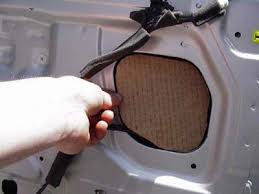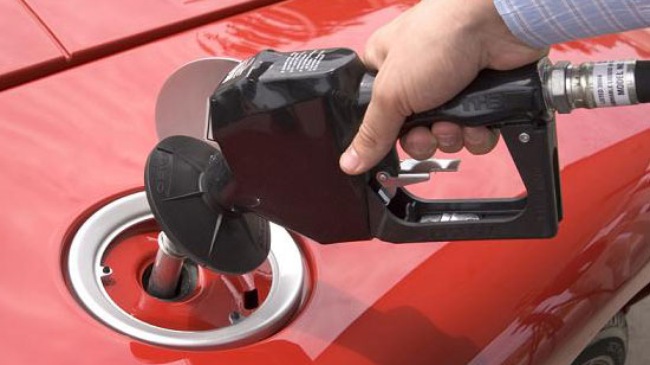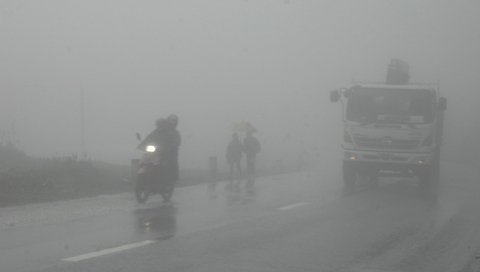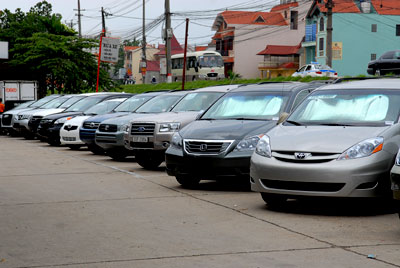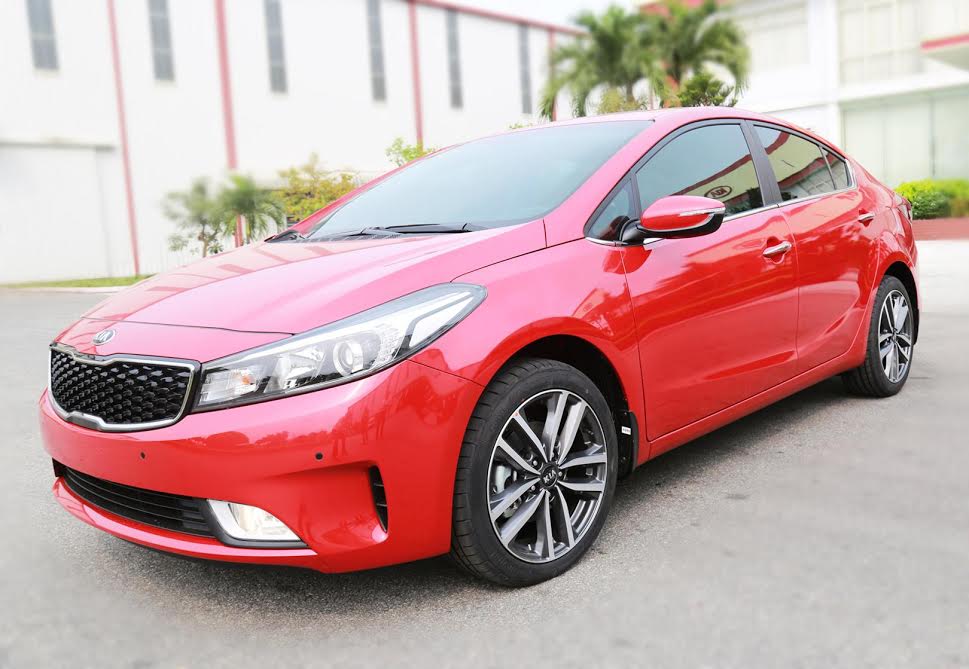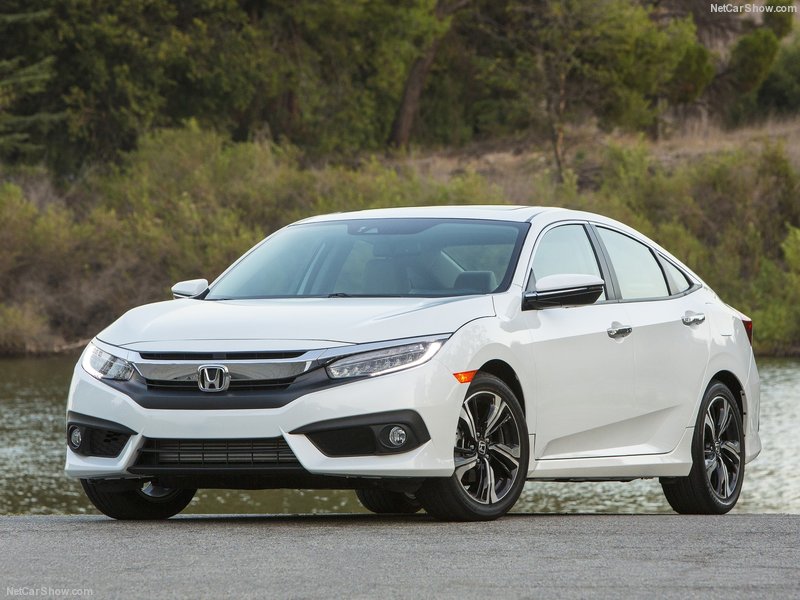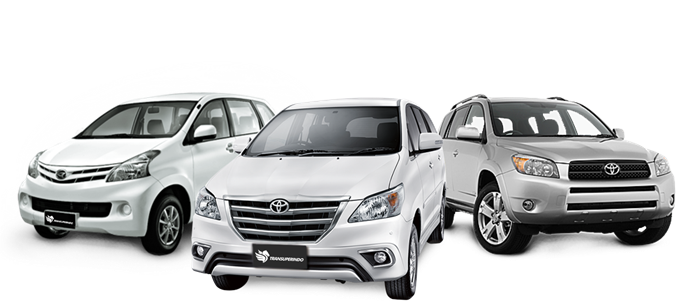Habits to avoid when driving through passes
At the beginning of the new year, people go on spring vacations, families go on festivals. On long trips, it is often difficult to avoid roads with mountain passes. The steep terrain in the drizzly weather at the beginning of the year can cause many "inexperienced" drivers to encounter difficulties.
It was only when a container "blown" more than a dozen people down a cliff in Cao Bang, at the end of Nham Thin year, that many drivers with little or no experience going on mountain passes were suddenly startled and wondered if they were driving carefully. Is it safe enough in out of sight terrain?
A heavy-duty vehicle or a vehicle running at high speed when going down a hill and suddenly encountering a crowd blocking the way will find it very difficult to avoid a collision. One of the bad habits of Vietnamese people is to huddle together just to "watch" for other people's accidents, leading to traffic jams and increasing the risk of unsafety, especially when on a slope.
From the recent accident in Cao Bang or on Bao Loc pass, it can be a warning for everyone, to learn lessons to minimize risks on the journey to pick buds at the beginning of the year.
The experience of driving on the following passes can be useful for drivers to prevent unfortunate accidents. This article is supported by some members of the offroad club of the forum Otofun.
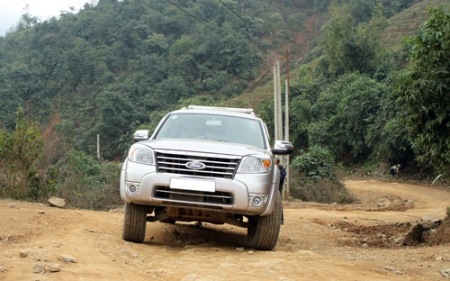
Before each trip, you should research the route you will take. This will help you consciously prepare the necessary support tools corresponding to the respective terrain type.
Don't be shy and take the time to check the entire vehicle, especially the brakes, tires and warning lights before going and preparing to cross the pass.
You should use continuous lighting when operating the vehicle on the mountain pass, even during the day. In foggy or drizzly weather conditions, don't forget to use headlights. If visibility is limited and the vehicle is not equipped with fog lights, yellow/red nylon paper should be attached to the lights, this will benefit from clearer visibility.
Most passes in Vietnam have sharp corners, where the driver will not be able to see the obstacles in front of them. Therefore, in these locations, you should drive slowly in combination with honking and flashing headlights to notify other vehicles, even when the road has observation mirrors.
Use a gear that matches the slope of the pass. If the gear is too low, it can cause the engine to overheat. If the gear is too high, it can easily cause loss of control. Shifting into and out of gear follows the principle of "old up - low down", which means that when climbing up, you increase the gear later, and when going downhill, you change (down) the gear earlier than when driving on the road. Try to keep the machine operating in a low gear and "up any number - down that number".
When running on steep mountain slopes, many people tend to use the brakes continuously to slow down. However, this is a driving habit and skill that is not beneficial for the car. Continuously brushing the brakes will cause the brake pads to become hot, leading to loss of friction, possibly burning the hub and reducing the effectiveness of the brakes.
To slow down the vehicle when going downhill, you should hone the skill of using gear in combination with braking. Brakes work best after downshifting or having to slow down in an emergency. However, even if you have to use it to slow down, you need to avoid sudden braking, especially when the vehicle is entering an inclined corner.
Concentrate on driving the vehicle in the correct lane, avoid encroaching on the left. You should only cross lanes at sections with broken road markings and no vehicles going in the opposite direction. Minimize overtaking vehicles in the same direction when climbing passes, especially vehicles with large loads. If you intend to pass another vehicle on the pass, you should choose a road with wide visibility, pass decisively, and after passing, let the vehicle return to your lane as soon as possible. Limit overtaking when cornering, except for left corners with wide visibility.
Do not follow closely behind the vehicle in front, keep a safe distance and avoid sudden braking. When climbing a pass that is too steep, full of rocks or slippery mud, find a rope to wrap around the wheel to increase friction. Try to absolutely avoid stopping in hidden corners on the pass. In case of force majeure due to vehicle breakdown, there must be measures to warn other vehicles in front of the curve.
When going to the pass during the rainy season, you should pay attention to the high cliffs. If there is a phenomenon of brick red water flowing across the road, you should note that the road section is very susceptible to landslides because the soil and rocks are saturated with water and prone to mud floods.
Pay attention from afar for small dust and small rocks falling from cliffs. If these dusty rocks fall from a higher position, they are more dangerous because they cause landslides, falling trees, landslides, etc. In these cases, you must go slowly to observe and if it is too dangerous, you should turn around to stay safe.
For pedestrians, when encountering an incident or accident on the road, stopping to assist the victim is necessary and ethical. However, you absolutely should not stop your vehicle suddenly, you should slowly slow down and then stop to help the victims. Never indifferently leave the victim alone and watch in the middle of the street.
Let your spring trips always be filled with joy by driving safely, being proactive in all situations and absolutely not using alcohol before or on the journey.
(According to Dantri)
